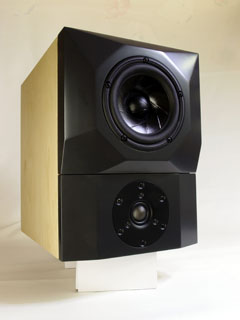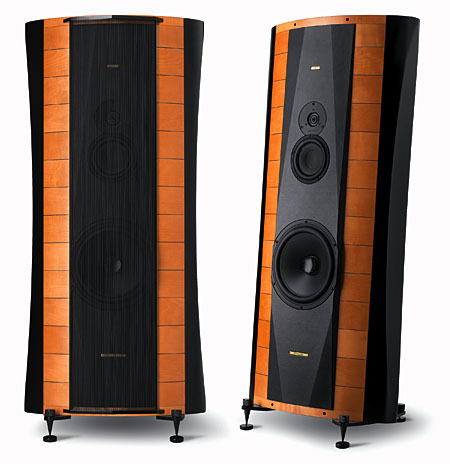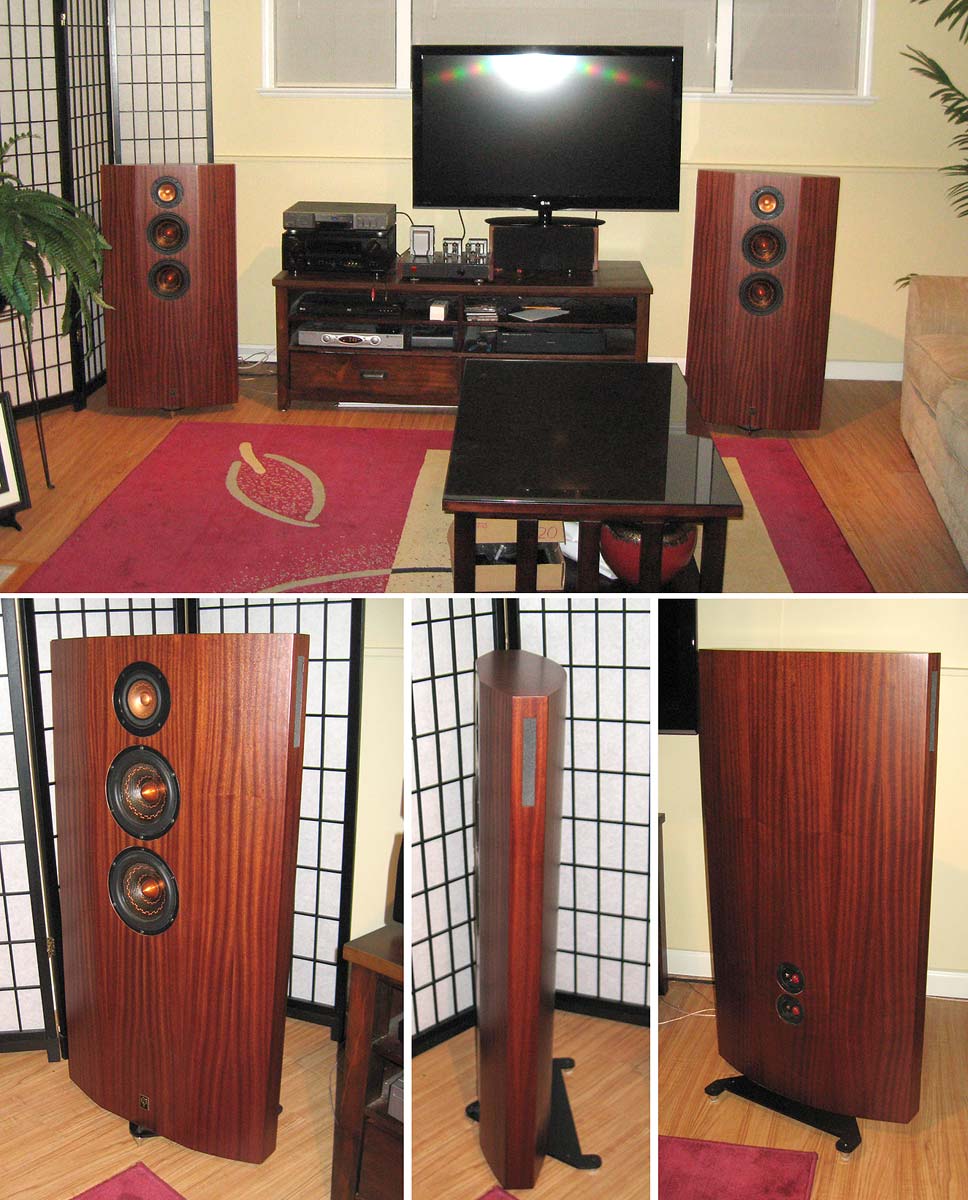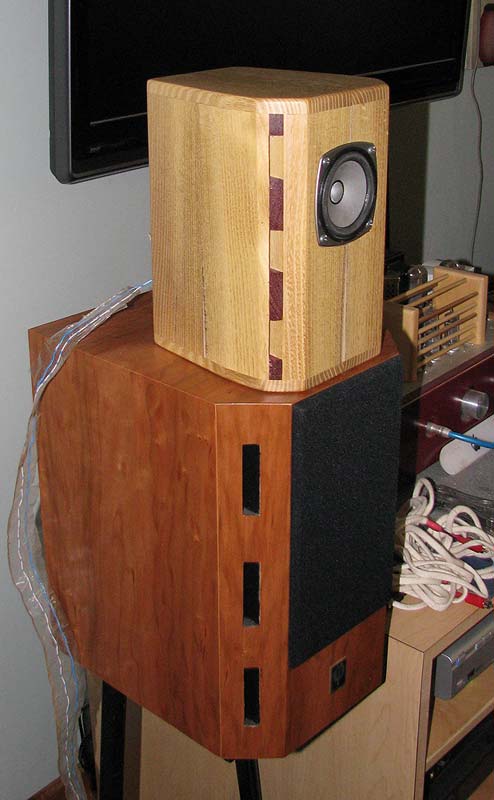I am looking for a few baffle designs to improve diffraction. Troels has a few good designs which I posted below. Avalon Acoustic is another good example and looks good too.
What are some of baffle designs you have used in your design to improve diffraction?
Here is an example from Troels which I also use in for my speakers.

Somewhat easier to do but probably not quite optimized.
A classic from Avalon Acoustic (by the way anyone knows they still have a patent on this design?). Looks beautiful as well.
What are some of baffle designs you have used in your design to improve diffraction?
Here is an example from Troels which I also use in for my speakers.

Somewhat easier to do but probably not quite optimized.
An externally hosted image should be here but it was not working when we last tested it.
A classic from Avalon Acoustic (by the way anyone knows they still have a patent on this design?). Looks beautiful as well.
An externally hosted image should be here but it was not working when we last tested it.
I can't see how they improve anything much. Troels is going for time alignment, but adding diffraction issues in the process. Maybe Magico have it right with their soft curved baffles and just deal with phase issues in the crossover.
I've made a typical rectangular monitor box with the tweeter in middle, and another one with the same dimension but now the edges cut out like that of the Avalon and the dips and peaks on the tweeter less pronounce.
The reality is that all the baffle work you can do can never eliminate baffle diffraction. Besides a sphere there is always some diffraction,it is a given. All you can truly accomplish is to change the frequency of the diffraction or carefully smear the diffraction with large rounded radius to eliminate any sharp diffraction, beyond that you are only fooling yourself. No diffraction requires a sphere or a truly infinite baffle.
Personally, I am a big fan of the ultra-wide designs. I have never heard anything beat them. Here's an example:

Read what Troels says about the wide baffle here:
Poor Man'
Another speaker that took this approach was the Snell A/III, though it only applied to the tweeter/midrange assembly.

Read what Troels says about the wide baffle here:
Poor Man'
Another speaker that took this approach was the Snell A/III, though it only applied to the tweeter/midrange assembly.
Last edited:
Open cell foam [supra, depending on the app] baffle is my preference.
GM
This sounds affordable. Can you show a pic or two as an example?
Thanks,
John
TThe Sonus Faber Ellipsa (pictured earlier in the thread) was the last commercail speaker to catch my attention. It inspired our “ellipse” shaped enclosure. Wide baffle that curves away from the drivers has low diffraction and the wide baaffle allows a low XO point (160-180 Hz):

We have found that the big champhers on the sides of our miniOnkens goes a long way to reducing diffraction signature, and that the trapezoid version that mimics a tear drop in plan reduces it even further (trapezoid sitting on a larger rectangular miniOnken):

dave

We have found that the big champhers on the sides of our miniOnkens goes a long way to reducing diffraction signature, and that the trapezoid version that mimics a tear drop in plan reduces it even further (trapezoid sitting on a larger rectangular miniOnken):

dave
Member
Joined 2009
Paid Member
That ellipse looks nice Dave, makes me wonder if we shouldnt put speakers right up against the front walll with some attempt to blend in the appearance ?
They typically get put 8-10” out from the wall, closer would be difficult without moving some clutter.
dave
So the issue with absorbent materials, is they don't absorb uniformly and can alter dispersion characteristics. This non-uniformity of absorption can make the polar plots funky.
Having said this, I am not above putting felt around a ring or dome tweeter. I find this actually helps a great deal.
I find this actually helps a great deal.
Still, given a preference, and living room, I'm a wide-body fan all the way. Flat or curved, much more energy gets pushed into the room before diffraction occurs with a narrower beam, improving detail and smoothing out the FR.
Having said this, I am not above putting felt around a ring or dome tweeter.
Still, given a preference, and living room, I'm a wide-body fan all the way. Flat or curved, much more energy gets pushed into the room before diffraction occurs with a narrower beam, improving detail and smoothing out the FR.
Of course, one of the most if not THE most expensive uber-wide speaker ever:
An externally hosted image should be here but it was not working when we last tested it.
- Home
- Loudspeakers
- Multi-Way
- What are some good example of baffle design to improve diffraction
